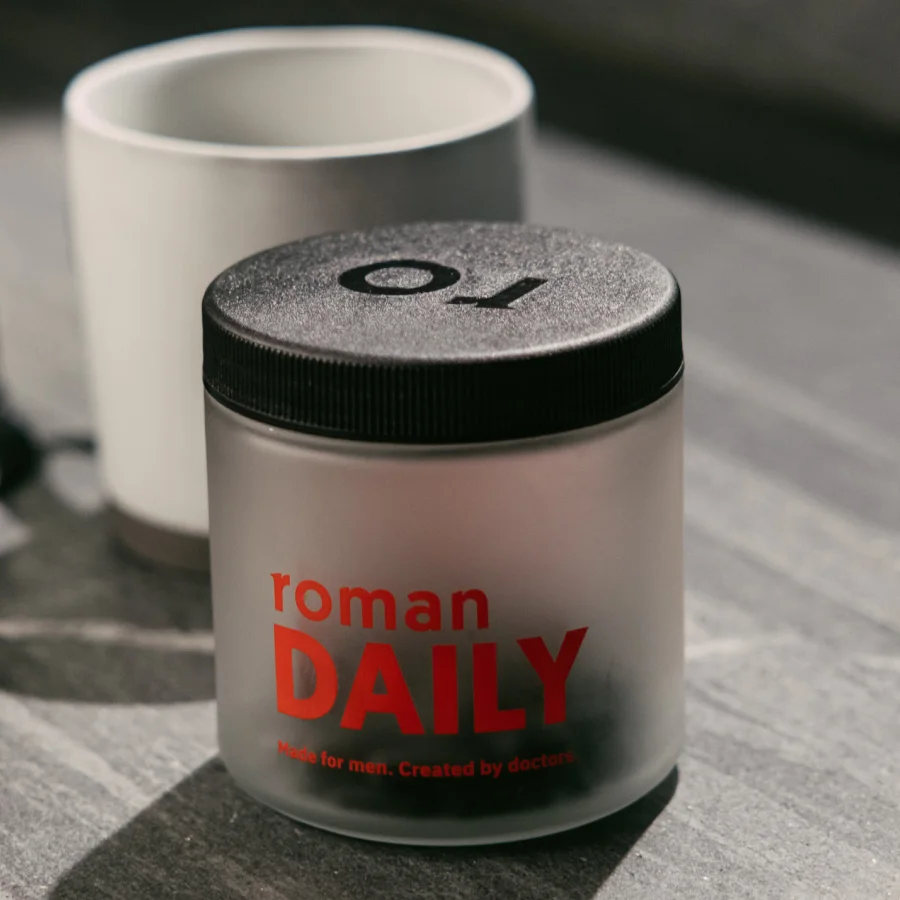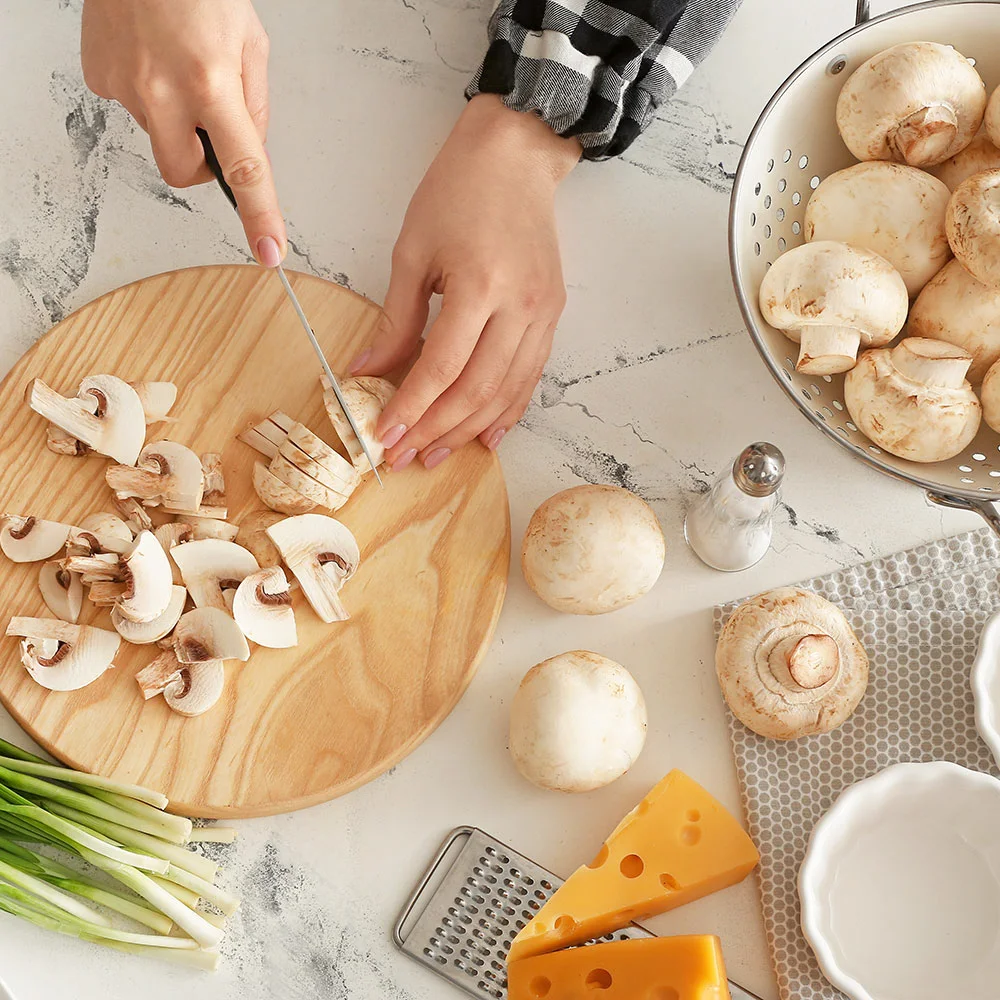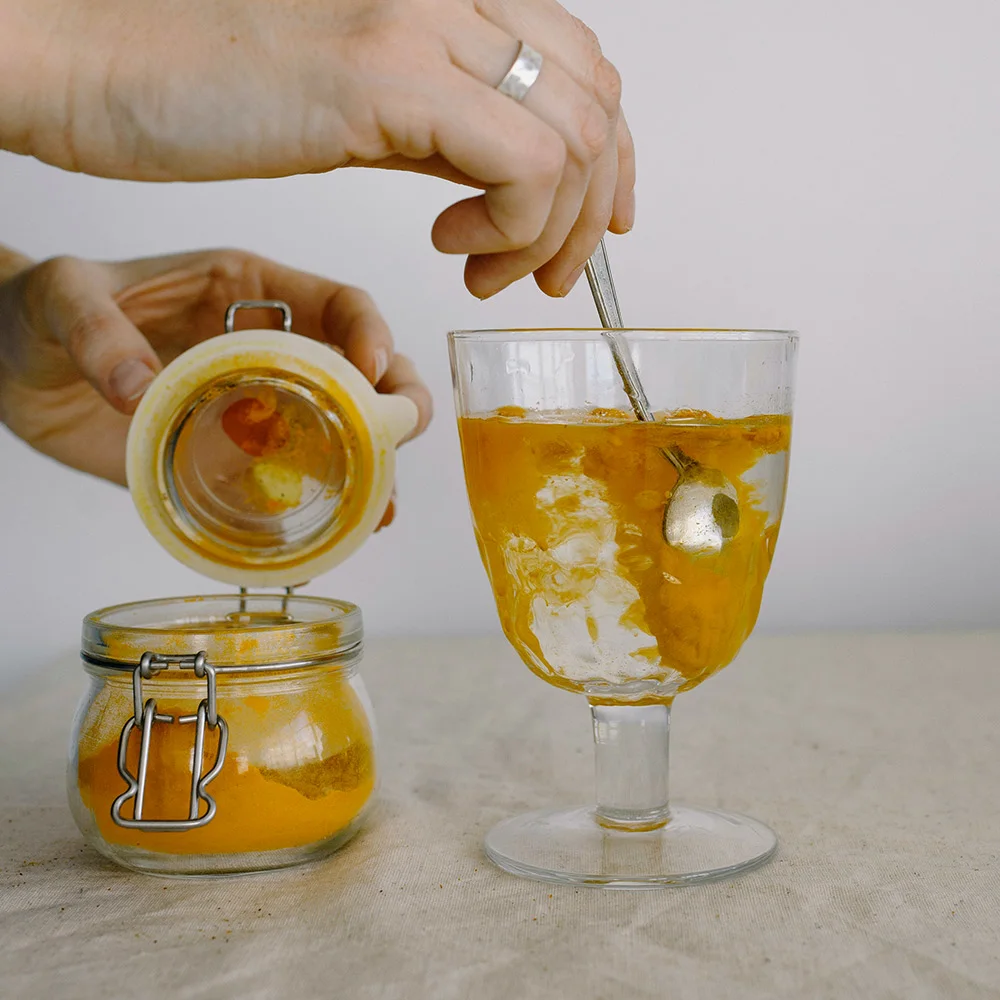Vitamin C: these 13 foods may surprise you

Reviewed by Mike Bohl, MD, MPH, ALM,
Written by Linnea Zielinski
last updated: Dec 01, 2021
5 min read
Here's what we'll cover
Our bodies are unique, right down to our taste buds. So though we often think of oranges as the only vitamin C food, it’s a good thing we’re mistaken.
Vitamin C is essential for the proper functioning of our bodies, but we can’t make it. So if oranges were indeed the only dietary source of the crucial vitamin, there would be a lot of people forced to pinch their noses each morning––because the health benefits are just that important.
Thankfully, there’s a wide variety of food sources of vitamin C, so you can tailor your menu to your unique tastes and still get the amount you need. Oranges and orange juice, the staple of classic American breakfasts, have long been associated with vitamin C, a water-soluble vitamin that’s also known as ascorbic acid and ascorbate.
But the role of vitamin C in your body goes far beyond just avoiding scurvy, a disease caused by vitamin C deficiency. This vitamin is also involved in critical processes in your body like making collagen, which assists with tissue repair and wound healing.
Vitamin C also supports immune health. It’s worth noting that while science does suggest C may shorten the duration of a cold, there’s currently no evidence that it prevents the common cold (Hemilä, 2013).
Vitamin C also acts as an antioxidant in your body, fighting off free radicals that cause cellular damage and oxidative stress. Even things that are good for us (like exercise) cause oxidative stress, which is linked to the development of many chronic diseases, but vitamin C can protect your body from that damage (Pham-Huy, 2008; Alessio, 1997).
And several studies have found that vitamin C may help protect against risk factors of heart disease––such as high LDL cholesterol or “bad” cholesterol (McRae, 2008).
13 foods high in vitamin C
Yes, citrus fruits are a solid way to boost your daily intake. But vitamin C-rich foods aren’t just fruits––and oranges are far from the most potent source.
Food sources of vitamin C can actually be sweet or savory, meaning you can work them into meals throughout your day. But it might be worth some extra planning to pair them strategically with foods rich in other vital minerals since this vitamin can increase the absorption of iron.
Men over the age of 19 need 90 mg of this water-soluble vitamin a day. Women need 75 mg a day unless they’re pregnant or breastfeeding, in which case their needs jump to 120 mg. For reference, one medium orange has 69.7 mg of vitamin C––77% or more of your daily needs.
There’s nothing wrong with reaching for vitamin C supplements if you’re struggling to hit your RDA through foods alone. But if it’s because your dietary source options feel limited, add some new ones to the lineup. Here are some of the best foods to stock up on (USDA, 2019).
1. Black currant
This berry shows up far more in European recipes and sweets than their American counterparts, but the popular flavor from across the pond is worth getting to know.
Black currants are an excellent source of vitamin C, far outpacing oranges per cup. One cup of these potent berries packs 203 mg of vitamin C. That’s 338% of your daily value.
2. Red and green peppers
Whether you saute or snack on them, one cup of chopped red bell peppers will deliver 190 mg of this essential vitamin. Top your tofu with roasted red pepper sauce, and you’ll maximize the absorption of the iron from the soy product.
It might not pack as much of the vital nutrient as its red counterpart, but green bell pepper is also a potent source. One cup of this crunchy veggie (chopped) delivers 120 mg.
3. Kiwi
Mix up your morning routine and have one cup of kiwifruit instead of orange juice, and you’ll get 164 mg of vitamin C before you begin your day. It’s also an excellent source of vitamin E.
4. Guava
Maybe you’ve been eyeing this tropical fruit at the store but didn’t quite know what to do with it. Consider this permission to pick up it.
Enjoy it as a side to your breakfast, a fresh and light dessert, or a sweet surprise in a fruit salad for a quality dose of this water-soluble vitamin. The vitamin C content of this fruit is an astonishing 377 mg per cup.
5. Broccoli
Those of you who like broccoli are one step closer to hitting your reference daily intake. This cruciferous veggie packs 78.5 mg of vitamin C in one cup, along with an alphabet of different vitamins and minerals.
6. Papaya
You’d only need one cup of mashed papaya to exceed your necessary daily intake of vitamin C. Dish that amount up, and you’ll get 140 mg before you leave the table, according to the USDA.
7. Brussels sprouts
Basically, all of the cruciferous veggies are good choices for getting enough vitamin C. You’ll get 74.8 mg in just one cup of the fibrous veggies.
8. Grapefruit
The grapefruit diet was ill-advised, but the citrus fruit still deserves a spot in your breakfast lineup. Devour one cup of grapefruit for 79.1 mg of this water-soluble vitamin, almost your daily value, before your day gets going. Prefer it juiced? One cup of grapefruit juice has 93.9 mg of vitamin C.
9. Cantaloupe
The amount of vitamin C in this fruit is underappreciated. Just one cup of the melon packs a considerable 57.3 mg, almost as much vitamin C as an orange before you factor in any other food in your meal. Add it to a fruit salad with a couple of other fruits on this list, and you’ll easily hit your target and then some.
10. Tomatoes
You probably won’t eat more than one serving of guava or papaya a day, unless you’re a big fan of the tropical fruits. That’s why tomatoes are one vitamin C food it pays to be familiar with.
You can easily pack multiple servings into your day through salads, sandwiches, and sauces. Each cup of chopped or sliced tomato dishes up 24.7 mg (roughly one large tomato) of vitamin C.
11. Berries
Berries have vitamin C in abundance. Though some have a higher content than others, any berry is a good source. For just one cup, you’ll get 14.4 mg from blueberries, 32.2 mg from raspberries, and 30.2 mg from blackberries. Blend them together with tofu for a smoothie that will also help you absorb the iron in the veggie-friendly protein.
12. Kale
With each cup of kale, you add to salads, soups, and stir-fries, you’re getting 19.6 mg toward your daily intake of vitamin C. Like its cruciferous cousins, kale helps you take a big step forward toward your daily allowance of this key nutrient as well as vitamin K.
13. Cauliflower
Although it clocks in slightly below its green counterpart, cauliflower packs a respectable 51.6 mg into one cup of the chopped veggie. Roasting and steaming are classic preparations, but cauliflower rice is an easy way to slip this healthy vegetable into even more dishes.
DISCLAIMER
If you have any medical questions or concerns, please talk to your healthcare provider. The articles on Health Guide are underpinned by peer-reviewed research and information drawn from medical societies and governmental agencies. However, they are not a substitute for professional medical advice, diagnosis, or treatment.
Alessio, H. M., Goldfarb, A. H., & Cao, G. (1997). Exercise-Induced Oxidative Stress before and after Vitamin C Supplementation. International Journal of Sport Nutrition, 7(1), 1–9. doi: 10.1123/ijsn.7.1.1. Retrieved from https://pubmed.ncbi.nlm.nih.gov/9063760/
Hemilä, H., & Chalker, E. (2013). Vitamin C for preventing and treating the common cold. Cochrane Database of Systematic Reviews. doi: 10.1002/14651858.cd000980.pub4. Retrieved from https://www.cochranelibrary.com/cdsr/doi/10.1002/14651858.CD000980.pub4/full
McRae, M. P. (2008). Vitamin C supplementation lowers serum low-density lipoprotein cholesterol and triglycerides: a meta-analysis of 13 randomized controlled trials. Journal of Chiropractic Medicine, 7(2), 45–58. doi: 10.1016/j.jcme.2008.01.002. Retrieved from https://pubmed.ncbi.nlm.nih.gov/19674720/
Pham-Huy, L. A., He, H., & Pham-Huy, C. (2008). Free Radicals, Antioxidants in Disease and Health. International Journal of Biomedical Science, 4(2), 89–96. Retrieved from https://www.ncbi.nlm.nih.gov/pmc/articles/PMC3614697/
U.S. Department of Agriculture. FoodData Central. (n.d.). Retrieved October 20, 2019 from https://fdc.nal.usda.gov/index.html










